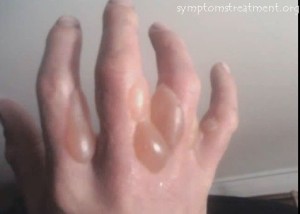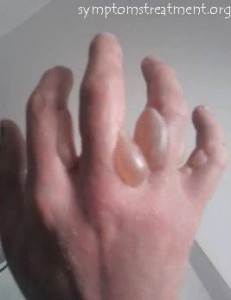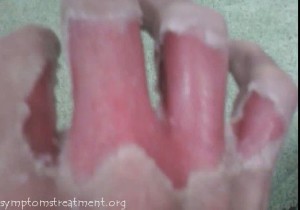 Burns are one of the most common injuries a child may sustain, and it is normal for any concerned parent to learn how to treat burns properly. Children can incur burns due to their curiosity and the appropriate treatment for burns depends on whether it is just minor or already considered severe. The degree of damage to the tissues should first be assessed so that the appropriate treatment plan can be applied.
Burns are one of the most common injuries a child may sustain, and it is normal for any concerned parent to learn how to treat burns properly. Children can incur burns due to their curiosity and the appropriate treatment for burns depends on whether it is just minor or already considered severe. The degree of damage to the tissues should first be assessed so that the appropriate treatment plan can be applied.
Learning how to treat burns is very important to alleviate the debilitating pain that comes with it as well as prevent aggravation which may result to defacement and permanent skin scarring. The early and prompt treatment of burns, especially the minor ones, helps in preventing infections and major complications.
What are burns and how do they occur?
A burn refers to an injury sustained by the skin as a result of being in contact with something that is hotter than the skin temperature. Knowing how to treat burns effectively involves learning the various sources of burns, which include:
• Steam
• Chemicals
• Hot liquids
• Hot objects
• Fire
• Electricity
• Sun
What are the different categories of burns?
How to treat burns effectively involves learning the extent of damage caused by the burn. The severity of burns considerably differs, and they are categorized according to degrees.
• First degree burns
In this category, the epidermis or the outer skin layer is damaged in which the skin is swollen and comes with redness and pain. These burns are considered mild and may be due to the scalding of the skin by steam, hot water or mild sunburn. These are often found on the face, hands, feet, major joints, buttocks and groin.
• Second degree burns
Second degree burns in children affect the epidermis and dermis or the first two layers of the skin. The skin of a child who is suffering from second degree burn appears swollen, extremely red and blistery and is characterized by severe pain. Children with second degree burns should see a doctor especially if the damage is extensive or is located in extremely sensitive parts of the body.
• Third degree burns
This is the worst and most serious type of skin burn as all the skin layers and underlying tissues are burned. The burnt skin will appear charred, white and leathery. The child may not be in pain as the skin nerves are already damaged. However, he or she may feel dizzy and suffer from fever and headache. Needless to say, third degree burns require immediate medical attention.
When to see the doctor when treating burns
Learning how to treat burns in children also involves knowing the situations in which a trip to the doctor or hospital is a must. Children suffering from second or third degree burns require prompt medical attention. These include chemical burns, electrical burns or burns from fire. An emergency medical assistance is crucial if the child finds it difficult to breath or is unresponsive, and if the burn involves the eyes and face.
What are the things to remember when treating burns?
The first and foremost thing a parent, or anyone, can do when treating burns in children is to immediately remove the child from the source of heat. If the child is caught on fire, snuff out the flame by wrapping him or her in a bedspread, coat or blanket, and rolling him or her onto the ground. If the source of burn is electricity, disconnect the source of electrical power or detached him or her using a non-metallic object like a large book, rope or wooden spoon. If the burn is due to chemicals, don’t remove the child’s clothes but rinse the affected area for 5 minutes using cool water and continue for another 20 minutes with his or her clothes removed.
How to treat burns in children
How to treat burns in children depends upon the severity or degree of the sustained burn.
• First degree burns
Flush cool water onto the affected area for 5 minutes or until the pain seems to have subsided. The burned skin may be covered with non-stick bandage or clean cloth; and if the burn is excruciatingly painful, the child might be given pain relievers to alleviate the pain.
• Second degree burns
The affected area must be applied with cold or wet compresses or submerged in cold water as soon as possible. The affected area should be gently blotted with a clean towel. The burnt skin should be covered loosely with non-stick bandages, avoiding breaking the blisters deliberately. Meanwhile, burnt legs or arms must be elevated and analgesics may be given to help ease the pain. However, anesthetic salves, ointments or burn sprays should be avoided.
• Third degree burns
Call for medical help and check the vital signs of the child such as the pulse and breathing. If the child has stopped breathing, start reviving his or her breathing. Apply wet compress onto the affected area.
Pictures of Burns


